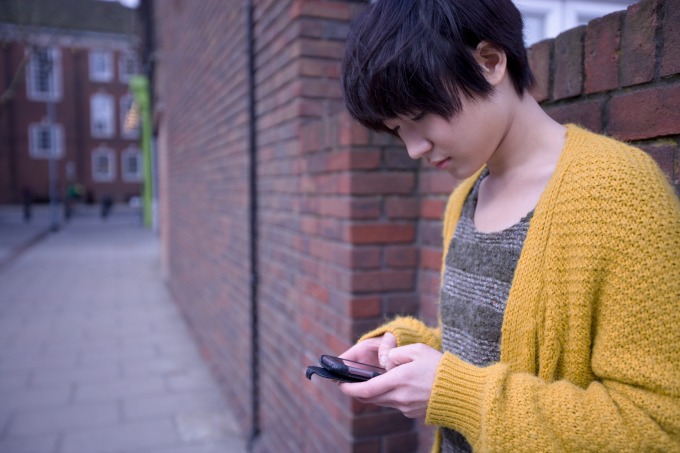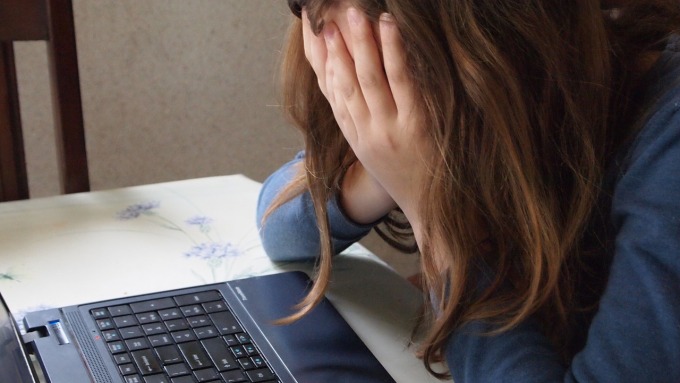Retired baseball player Curt Schilling may have thought twice about sending a tweet to his daughter congratulating her on her acceptance to college if he would have known where it would lead them.
Schilling was so disturbed by the outcome of that tweet that he shared the experience in a blog post, “The world we live in… man has it changed.”
The post recounts the awful experience that Schilling and his daughter Gabby had with Twitter cyberbullies and trolls, and reminds parents everywhere why it’s so important to monitor their kids’ social media accounts and talk to them about how to protect them online.
What Schilling Learned About Social Media Bullying and Trolling
Schilling was a proud father congratulating his daughter on going to college and joining the school’s softball team. He wanted to share that pride with fans and followers.
But he got more than he bargained for when the tweets sent in response to his message went from congratulatory to downright vulgar.
The responses to Schilling’s post became filled with hateful, hurtful, and disgusting messages referencing his teenage daughter.
How Bad Can It Really Be?
Bad. We aren’t going to publish the terrible tweets that were sent to Schilling and later published on his blog. But if you don’t believe how bad it can really be, you can take a look at the tweets for yourself.
The sad truth is that this is not an uncommon situation on social media. Everyday cyberbullies and trolls send harassing and vulgar messages to people they know and people they don’t know.
Schilling admits that there are a lot of people that don’t like him as he is an outspoken conservative and former Red Sox player. But not even his decades spent living in a dorm room, hanging in a clubhouse, and playing on the field could have prepared him for what he found on his Twitter stream.
What’s In It for the Cyberbullies and Trolls?
Online harassment can be put into two categories. Psychology Today defines those categories as cyberbullying and trolling.
Cyberbullying is deliberate and repeated harmful statements or content with the purpose to:
- get revenge
- feel empowered
- gain popularity
- harass
- be offensive
- upset someone
- intimidate a person
Cyberbullying is usually initiated by someone the victim knows. Trolling, on the other hand, is usually done by someone the victim doesn’t know.
“Trolls” send messages to start arguments or make people feel angry or upset with the purpose to:
- entertain the “troll”
- be offensive and argumentative
- to bait the user into further dialog
- gain recognition
- feel powerful
In Schilling’s case, it seems to be a little of both. There were targets against him directly, and others that just seemed to stir the pot. Parents need to keep an eye out for both types of harassment as each can be equally harmful to children.
What You Can Do To Help Your Child
Sometimes it takes a parent witnessing social media bullying first hand to really understand the depths and the severity of online harassment. But through Schilling’s experience, parents can see just how important it is to monitor their kids’ social media accounts.
Parents need to stay vigilant and that means getting involved with their child’s digital life and social media world. They need to make sure that their child is not a target on social media or witnessing vulgar harassment that is sent to other users.
As a parent, you can get involved and stay connected using MamaBear, The Ultimate Parenting App™. The free app, available on iPhone and Android devices, sends parents messages anytime their child receives a direct message or is mentioned in a tweet, making it much easier to monitor online experiences and protect kids from online bullies and “trolls.”
Previous Posts
Do You Know the Right Things to Do if Your Child Is Bullied?
 Do You Know Enough About Cyberbullying to Protect Your Children?
Do You Know Enough About Cyberbullying to Protect Your Children?






